If you don’t speak Spanish, you might want to learn some of the common words to describe taco styles and meats before you set off on your dream taco road trip. You’re likely to encounter at least some of them quite a bit along the way, and you don’t want to miss a bite!
Featured Photo: Tacos El Patron/Tamara Palmer
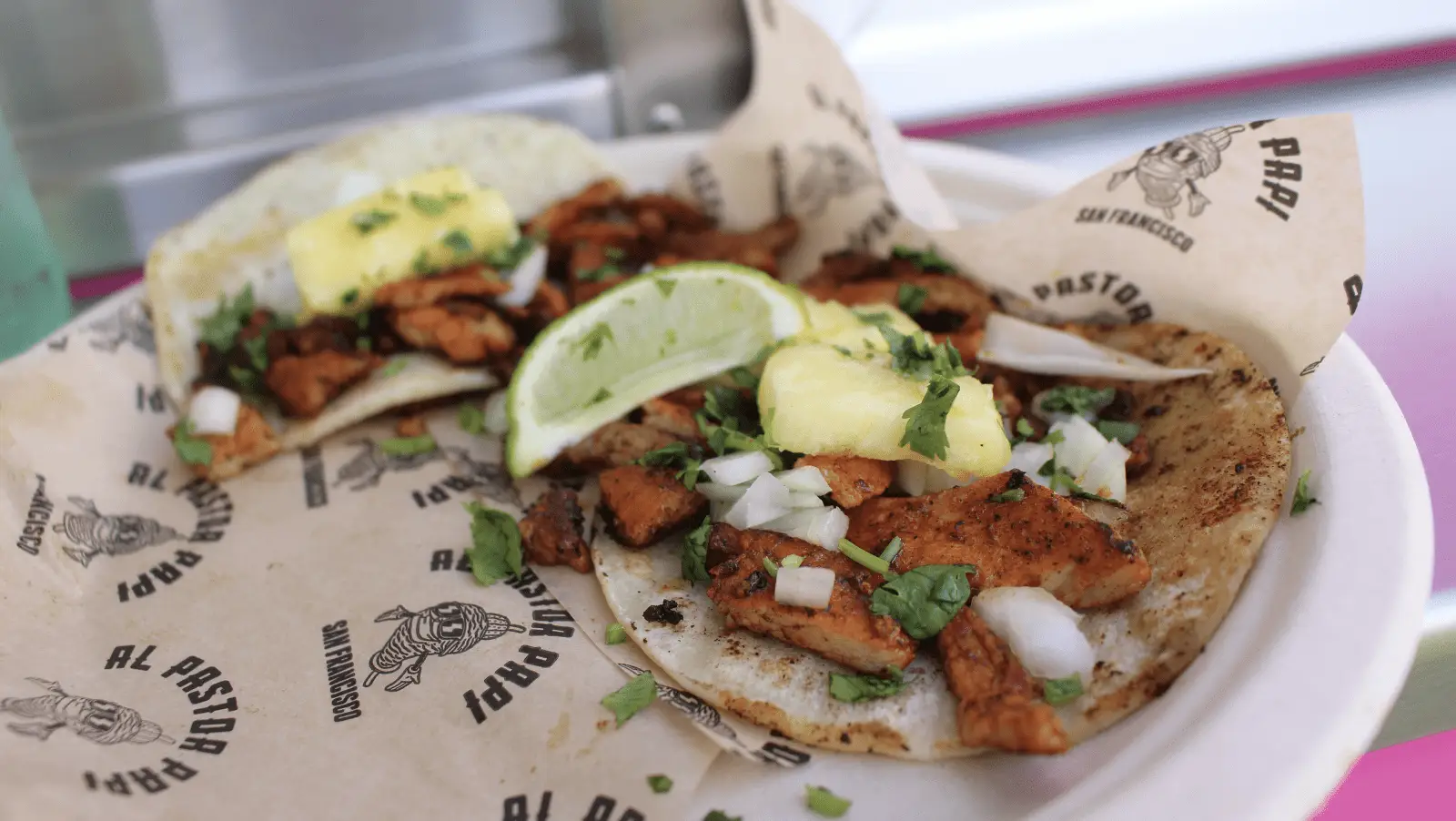
Al Pastor
Origin: Puebla, Mexico
“Wow” ingredient or cooking method: Pineapple/spit-roasted
Marinated pork that’s cooked on a trompo (rotisserie), thinly sliced and topped with pineapple. Al pastor was influenced by what was originally a Lebanese technique.
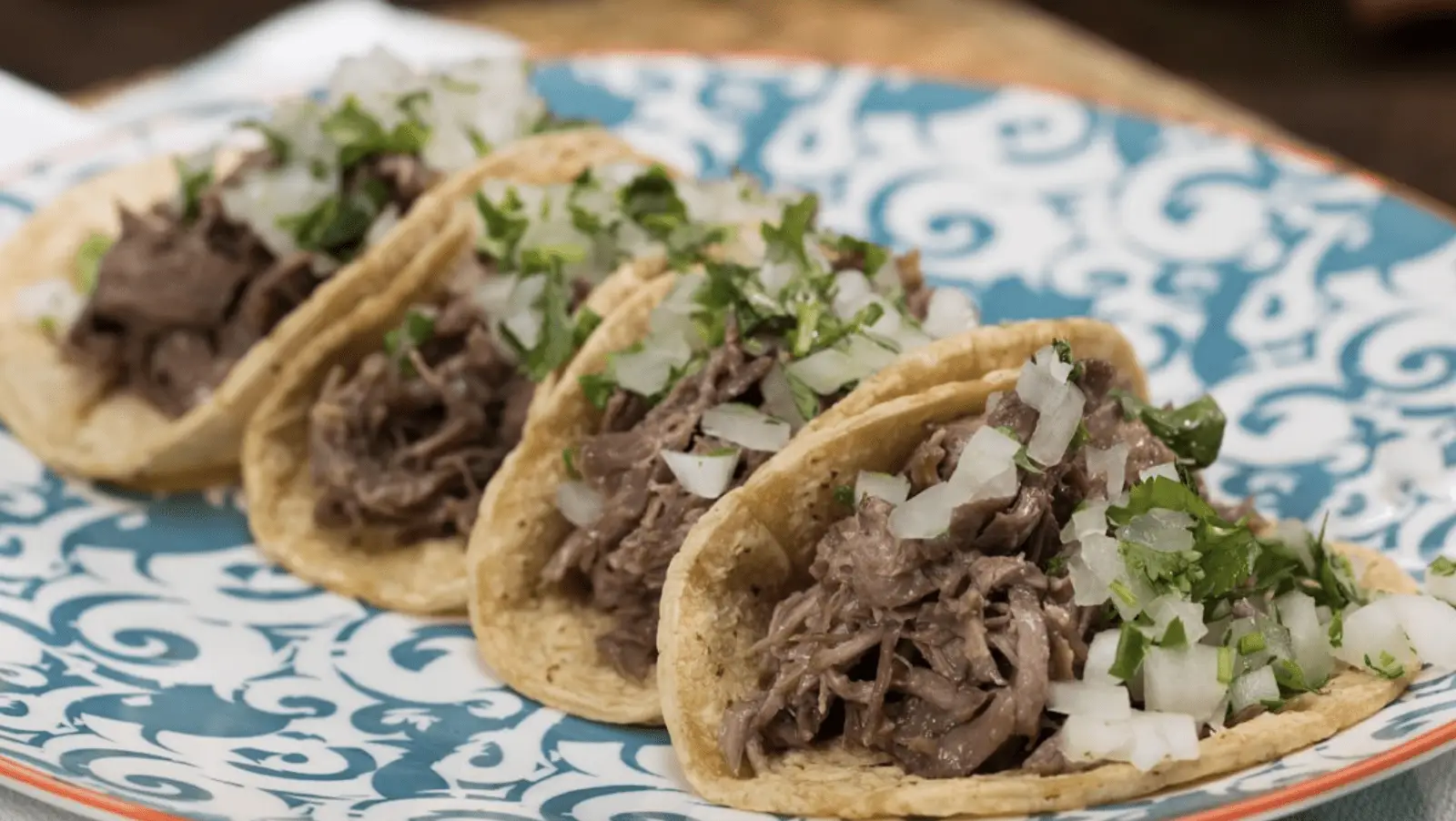
Barbacoa
Origin: Texcoco, Mexico
“Wow” ingredient or cooking method: Fire, steam or burying in the ground
Meats such as goat, beef and lamb that have been either pit-buried, steamed or slowly fire-roasted.
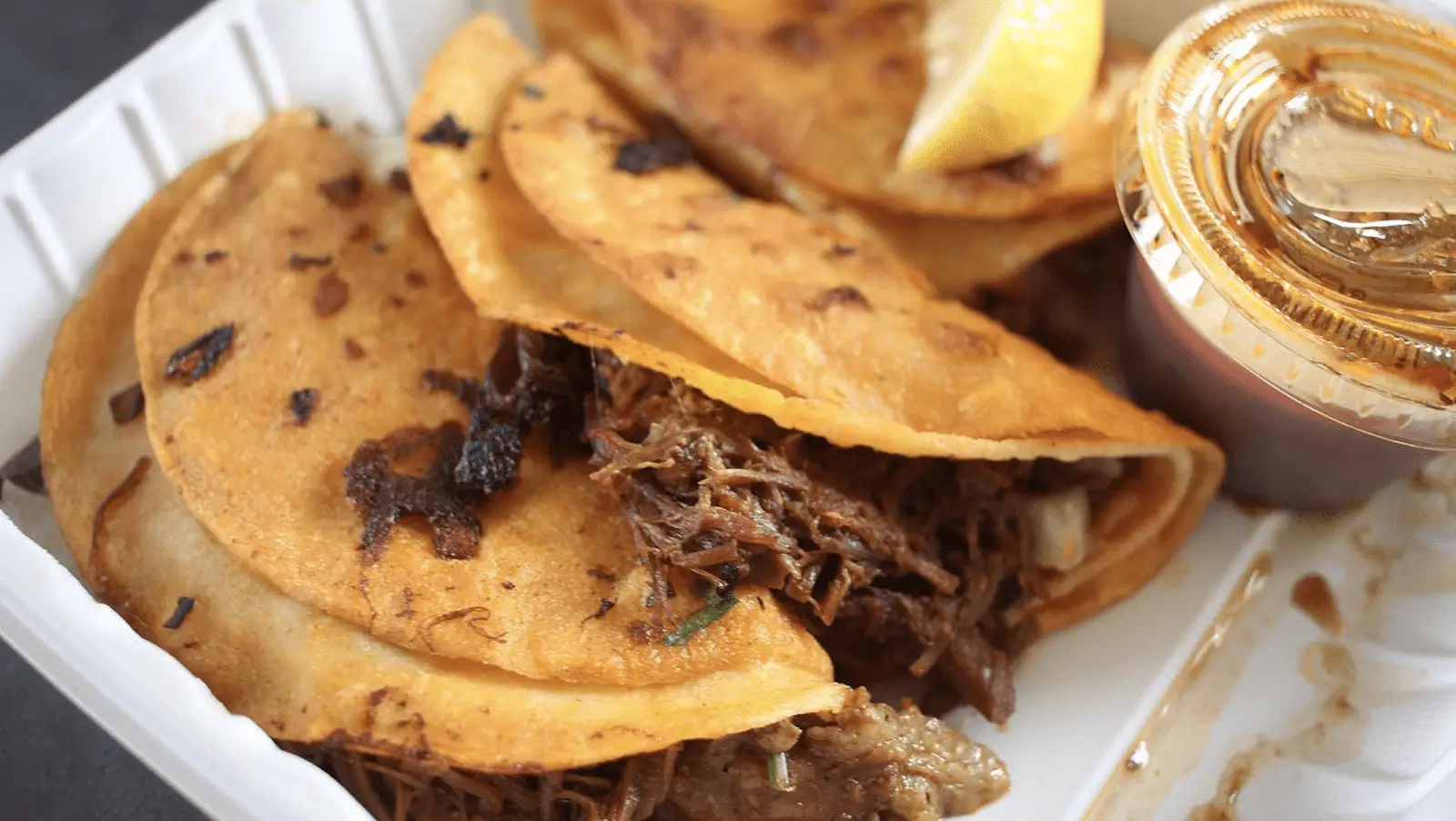
Birria
Origin: Jalisco (birria de chivo)/Tijuana (birria de res)
“Wow” ingredient or cooking method: Slow-cooked stew
A traditional stew of shredded goat meat (birria de chivo) or beef (birria de res). The latter has spawned trends like birria pizza and birria ramen in recent years.
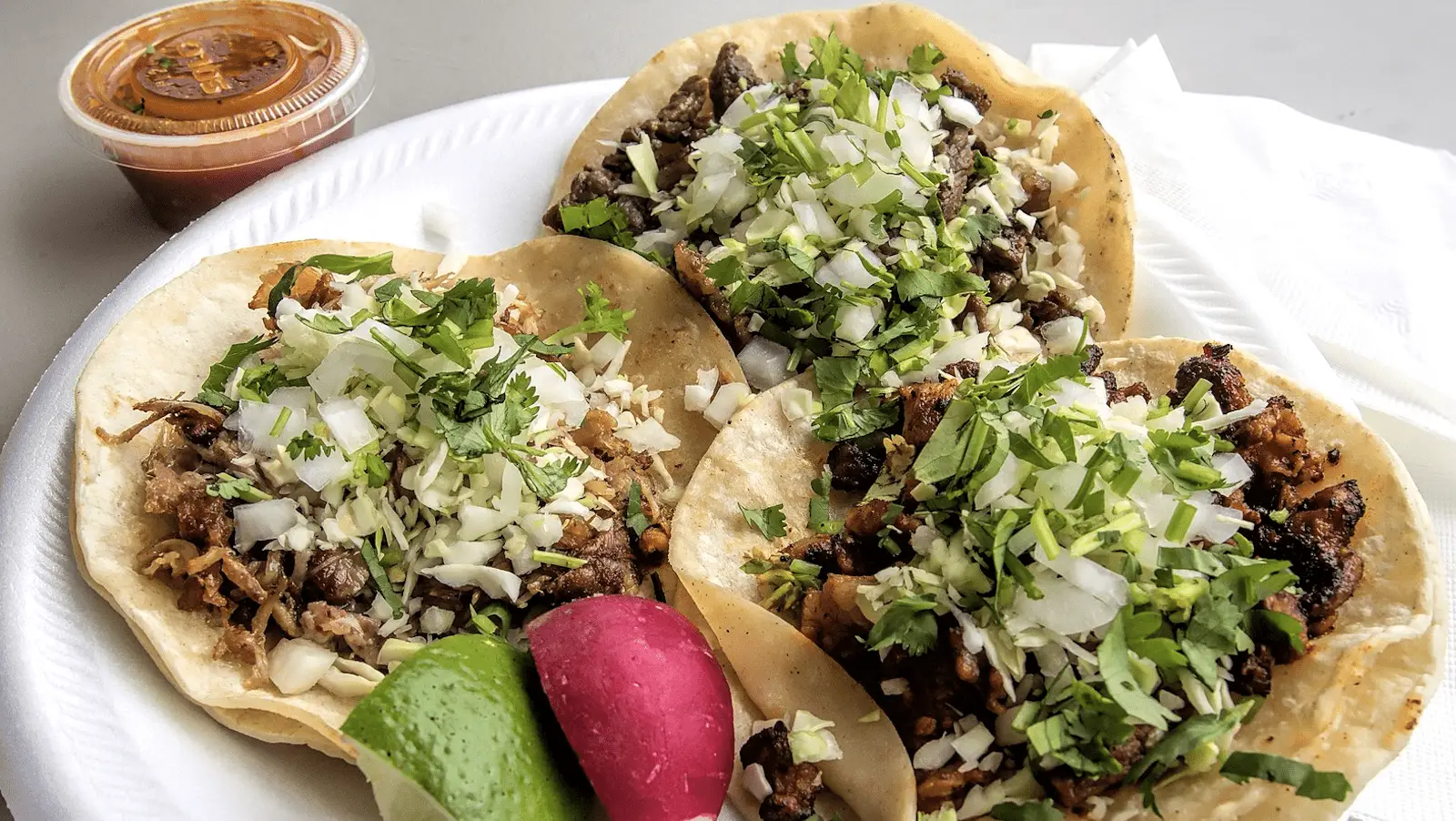
Carne Asada
Origin: Sonora, Mexico
“Wow” ingredient or cooking method: Marinated and grilled
Flank steak that’s marinated in citrus juices, grilled and thinly sliced or chopped for tacos.
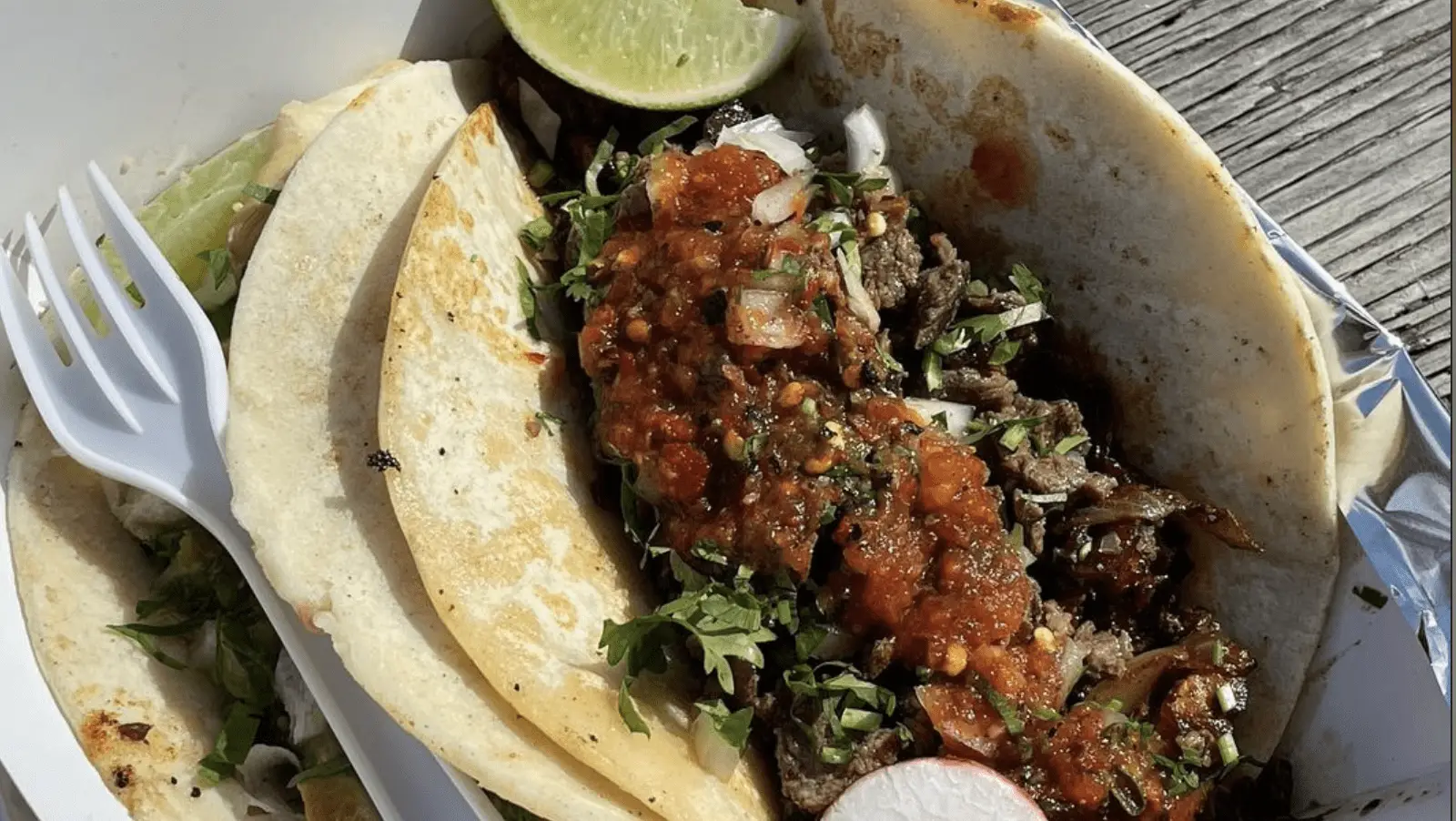
Campechano
Origin: Campeche, Mexico
“Wow” ingredient or cooking method: Grilled (the “wow” is in a mix of beef and pork parts)
If you’re craving a little bit of everything, try a taco campechano, which usually contains a texturally varied mixture of beef (often carne asada or cecina) and pork (such as chicharrón, chorizo or longaniza sausage).
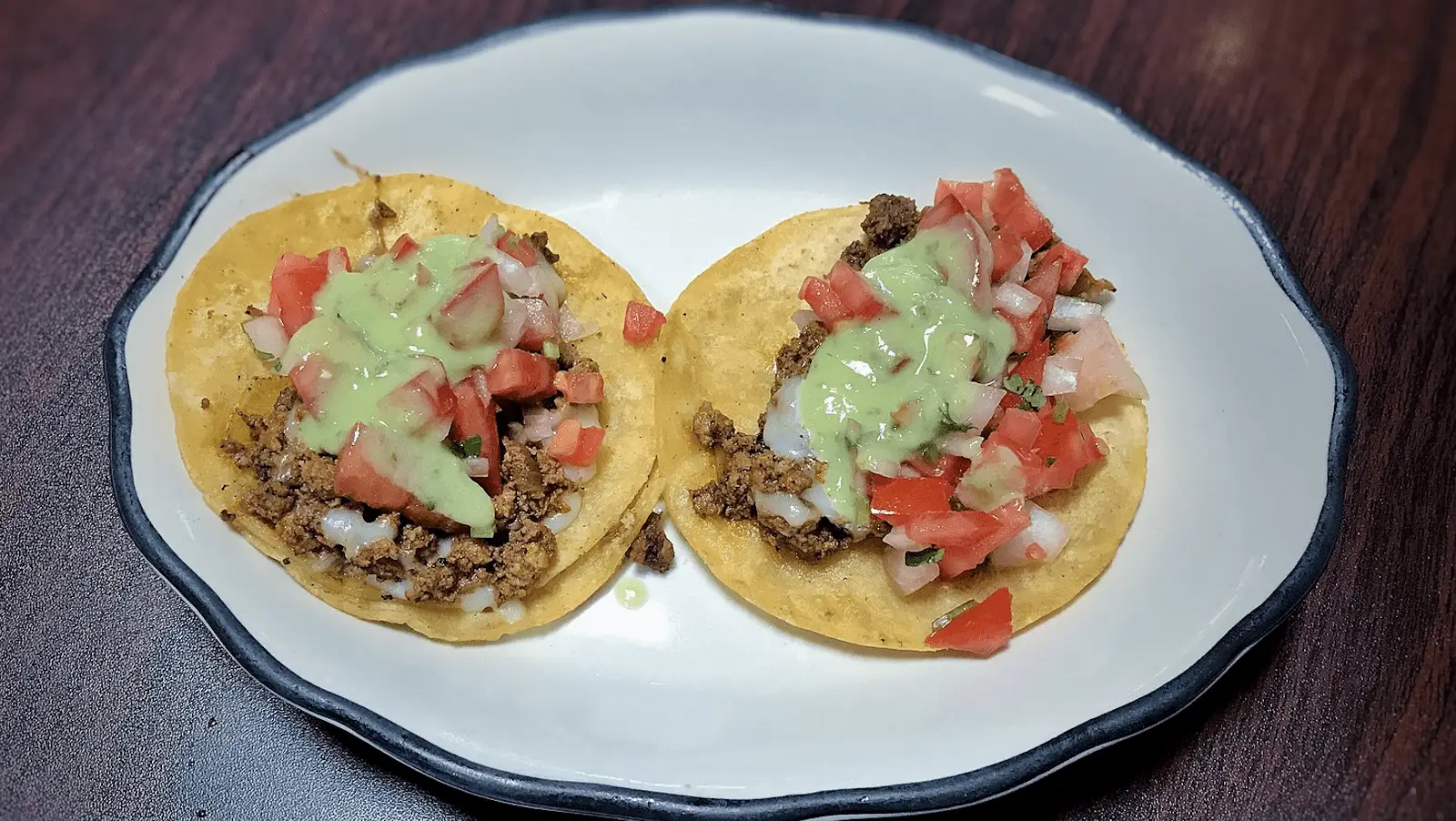
Chorizo
Origin: Toluca, Mexico
“Wow” ingredient or cooking method: Cured and cooked
Ground pork that’s cooked, cured and used like sausage.
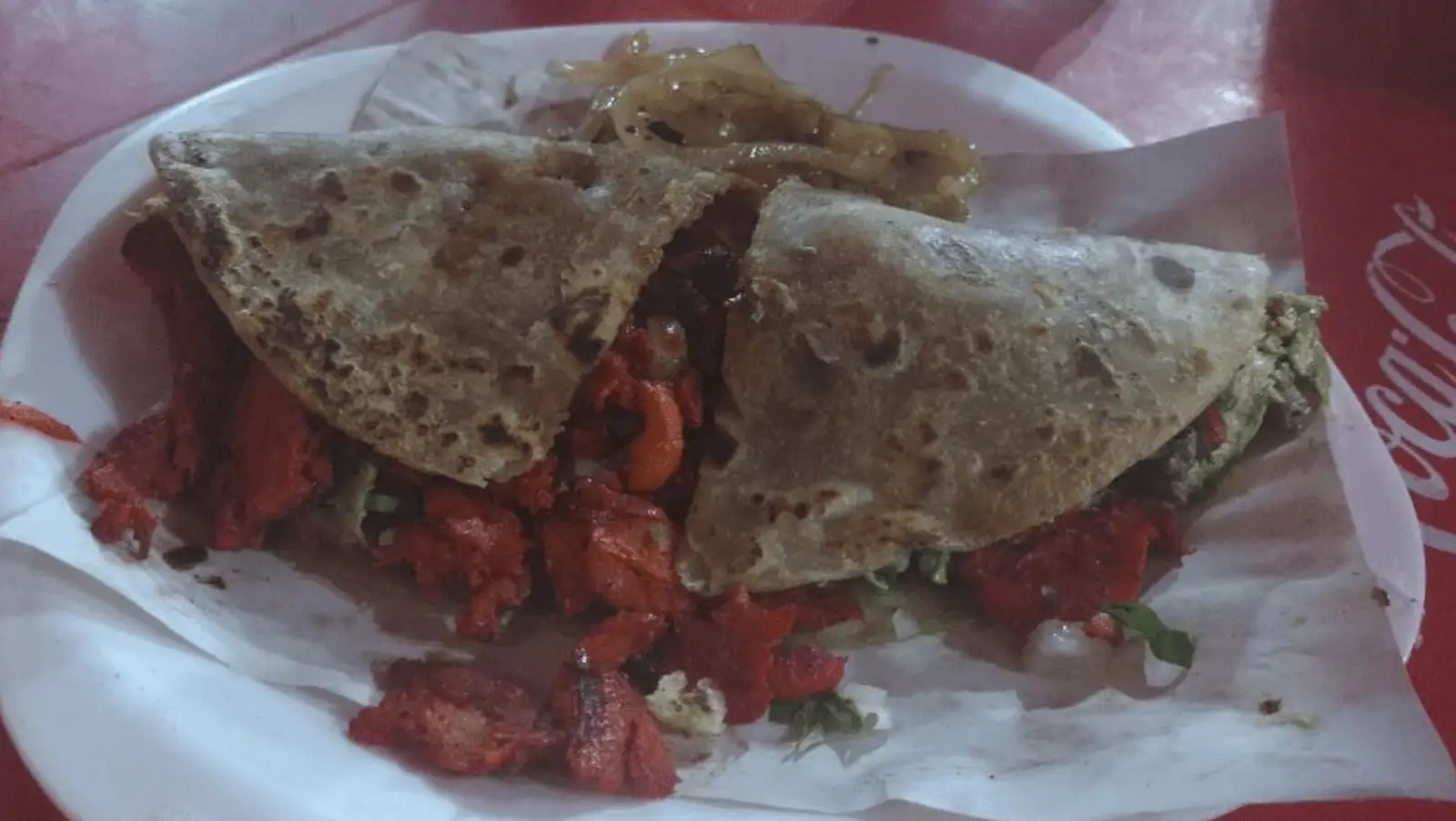
Gringa
Origin: Mexico City
“Wow” ingredient or cooking method: Grilled
A grilled flour tortilla taco, topped with cheese, al pastor and pineapple.
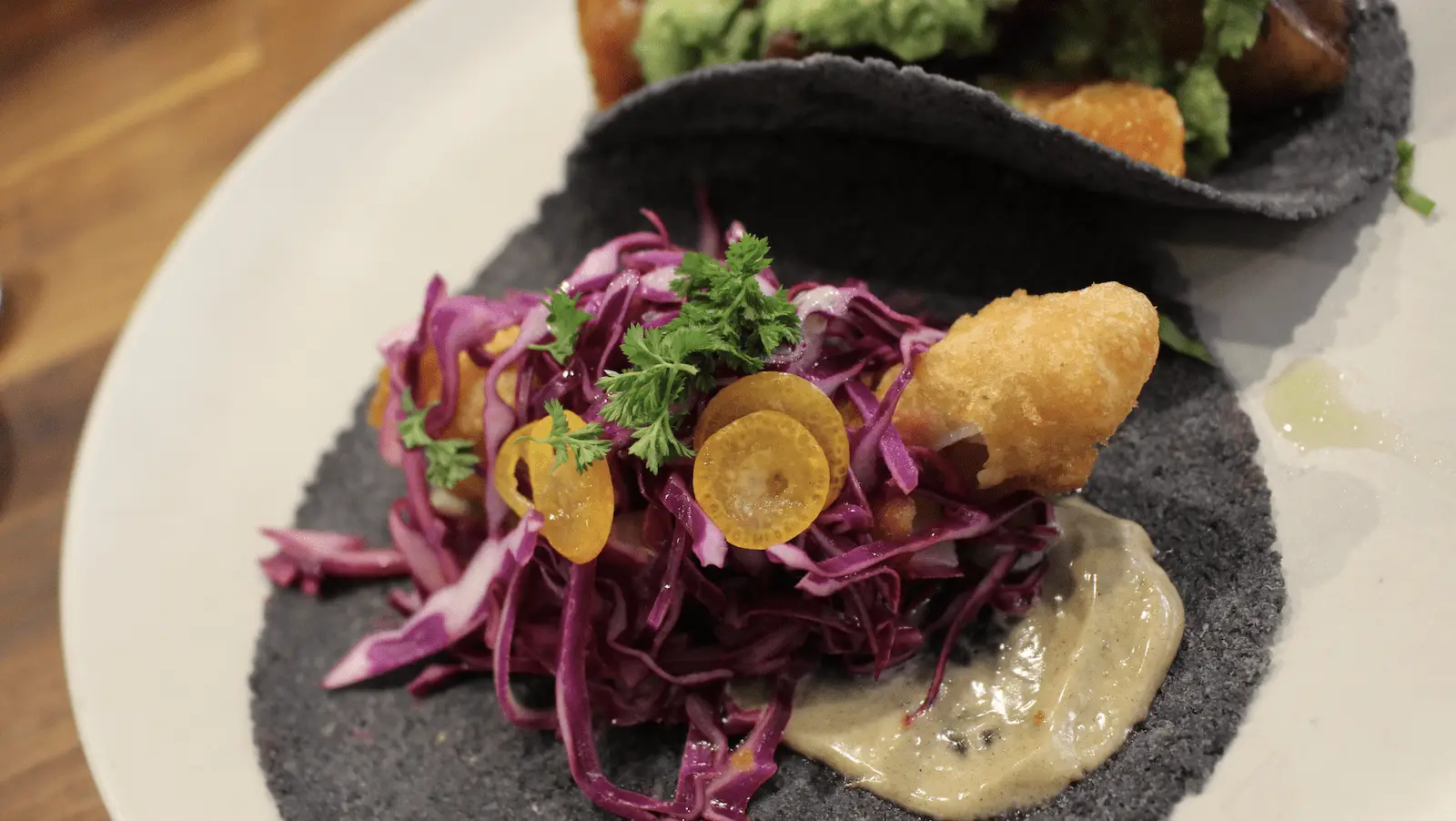
Pescado
Origin: Baja California
“Wow” ingredient or cooking method: Grilled, steamed or fried
The Spanish word for fish, a popular taco protein that you’ll often see grilled or battered and fried.
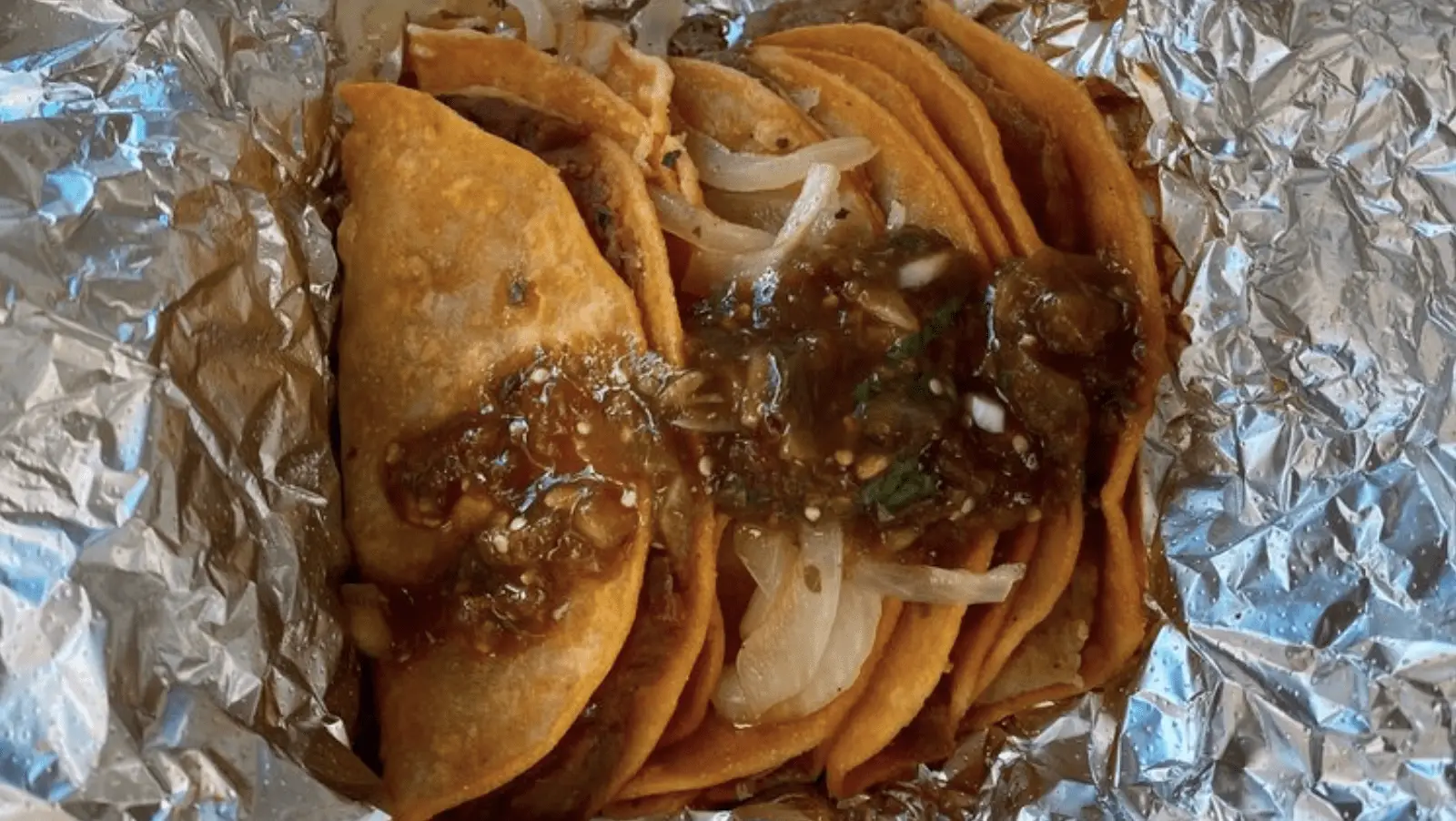
Tacos de Canasta
Origin: Tlaxcala, Mexico
“Wow” ingredient or cooking method: Fried and steamed
Corn tortillas that are filled, folded, fried and then steamed to order.
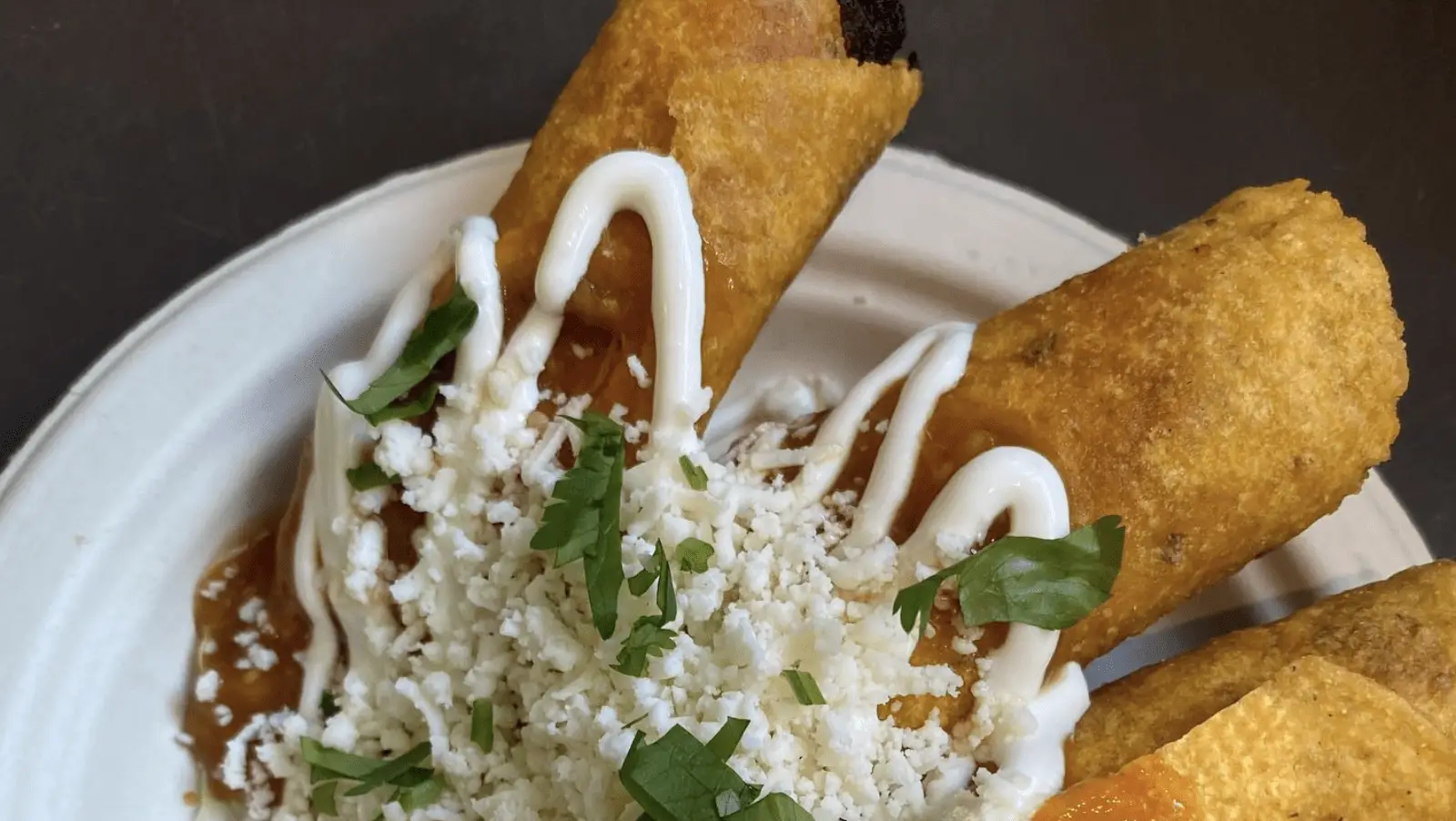
Taquitos
Origin: San Diego, CA
“Wow” ingredient or cooking method: Rolled and fried
A rolled and deep-fried taco on a corn tortilla that may alternatively be billed as flautas or tacos dorados; the latter is also used to refer to crispy tacos in general.
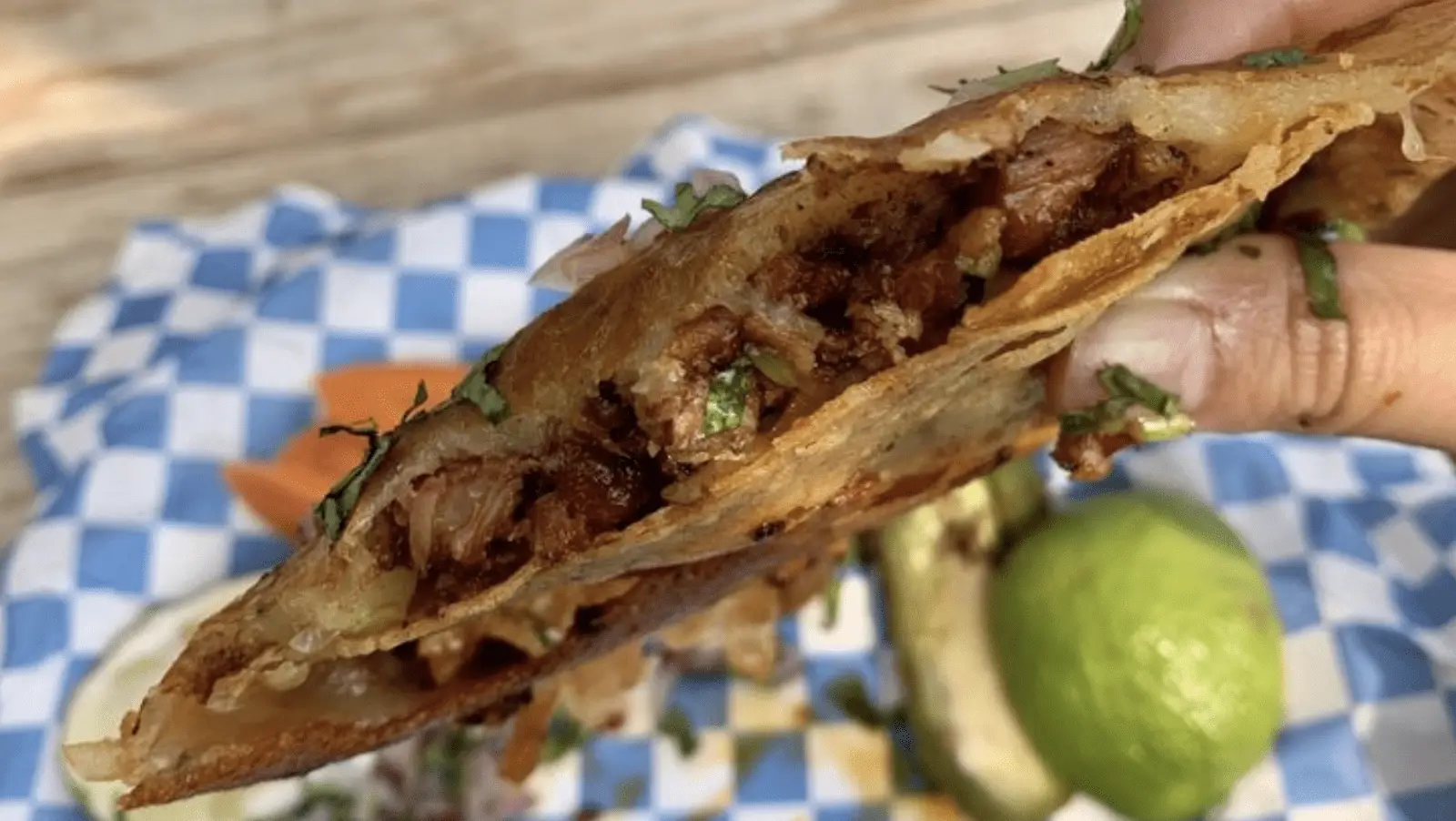
Vampiro
Origin: Sinaloa, Mexico
“Wow” ingredient or cooking method: Grilled (“winged” tortilla is a wow factor)
Corn tortillas sit on the grill until crispy and edges form an approximation of bat wings, then topped with carne asada or other proteins.
Looking for more things to do in the area?
Visit our What to Do in Northern California page!


